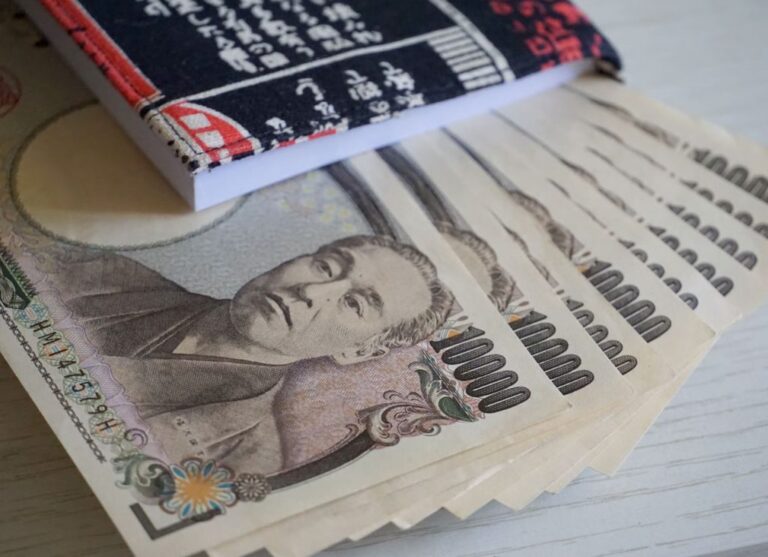
Morning Brief – Keep calm and (don’t) carry on
Keep calm and (don’t) carry on
Over the past few weeks many of you would have noticed the slowly turning tide within many emerging market currencies. Bucking the trend that has persisted for much of this year, strong demand for emerging market currencies is subsiding. This is because institutional and investor interest within such currencies appears to be falling. Once risk conditions began to stabilise in 2023 investors quickly woke up to the value that emerging market FX could offer. However, with hiking cycles looking likely to be behind us, could investors be about to call time on 2023’s favourite: the carry trade.
Whilst the developed economic world had been busy hiking rates to tackle inflation, policy makers in emerging economies had been doing similar things. However, unlike developed market central banks that had reached rates in the fourth or fifth percentile, emerging market benchmark rates were frequently in the double digits. As a recap of the carry trade: investors will borrow or finance the purchase of emerging market FX using lower yielding developed market currencies. Provided the rate to reverse this trade deteriorates by less than they earn from the difference in the interest rates over that time period the investment should be profitable.
It is the late economic cycle and the termination of most central bank hiking programmes that will dissuade investors from targeting such strategies. An inflection point is always the least certain time for markets and the appetite for playing yield differentials between developed and developing markets will dwindle. The conclusion for emerging market currencies from here is one that may increasingly reward non-speculative buyers with additional value. The favourites on the right-hand side of many carry trades this year have been the Mexican Peso, Brazilian Real and some high yielding Central and Eastern European FX. These geographies would theoretically be lined up to take the biggest hit to value should the tide indeed turn on this strategy. For the ZAR watchers amongst you, the Rand may also be affected by an orientation away from emerging market FX. Today’s SARB decision is one to be watched to potentially catalyse such a move lower in the Rand.
Discussion and Analysis by Charles Porter

Related Insights

Morning Brief – Japanese Yen
Japanese Yen With JPY at a new 34 year low versus EUR, the market is set for an ambush by the Bank of Japan if it acts today at the end of their Policy Meeting to support the Yen. The reason that the market is susceptible is because it has convinced itself that the BoJ […]

Morning Brief – Coalition
Coalition This briefing is about South Africa and the Rand, which frequently proves to be one of the more divisive subjects within our roster of currencies. In particular, with the election looming, this will be about South African governance. Not from a political or human perspective about what may be the best long term outcome […]

Morning Brief – US Tariffs on Chinese Imports
US Tariffs on Chinese Imports Recently we wrote about how Mexico has become the Number One trade partner for the USA. It now transpires that Mexico may have had what is known as a little assist with their numbers: the statistics for the number of 20 foot shipping containers for the first three Quarters of […]



 Humphrey Percy
Humphrey Percy